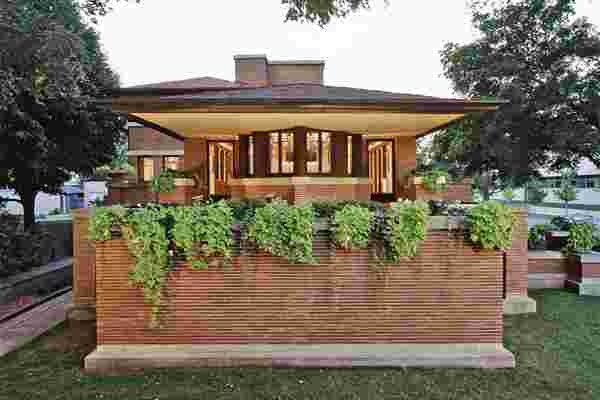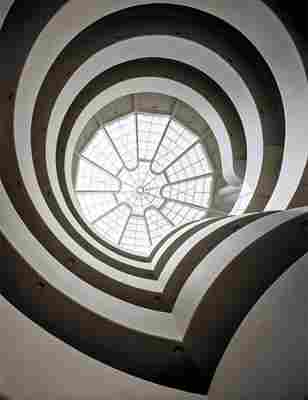10 Frank Lloyd Wright Buildings That Received UNESCO Nominations
Putting the legacy of Frank Lloyd Wright into words is no easy charge. Putting it into words that compel a jury of international critics to induct him into what may very well be cultural sainthood—now that’s a feat. Such has been the mission of the Frank Lloyd Wright Building Conservancy since 2002, when it embarked on a years-long process of submitting the architect’s work for UNESCO World Heritage status.
The selected buildings represent a curated cross-section of the architect’s works, from Fallingwater and Guggenheim to Taliesin and Taliesin West, along with other geographically and temporally diverse sites. This nomination marks a momentous shift for UNESCO, as it has typically favors sites of vintage (Chartres cathedral and Thomas Jefferson’s Monticello) or natural (the Galapagos Islands) variety.



“This is one of the first [nominations] that deals with modern architecture in the 20th century, and it might encourage some others,” explains conservancy president Richard Longstreth. “These buildings must have intrinsic merits, irrespective of the architect. Here, it’s not just that they were designed by Frank Lloyd Wright, but rather Wright’s role as exemplified in redefining the nature of architecture.”
According to Longstreth, the major impact for world heritage sites has been tourism. “One impetus for getting world heritage listing is to bolster the economy in places where it needs a shot in the arm,” he says. But for these buildings, which have all been excellently preserved and are already designated national landmarks, the excitement is about elevating Wright’s work on a global scale. “Frank Lloyd Wright has long been recognized domestically as one of the greatest 20th-century architects,” notes Lynda Waggoner, vice president of Western Pennsylvania Conservancy and director of Fallingwater. “This will bring worldwide attention to his significance.”